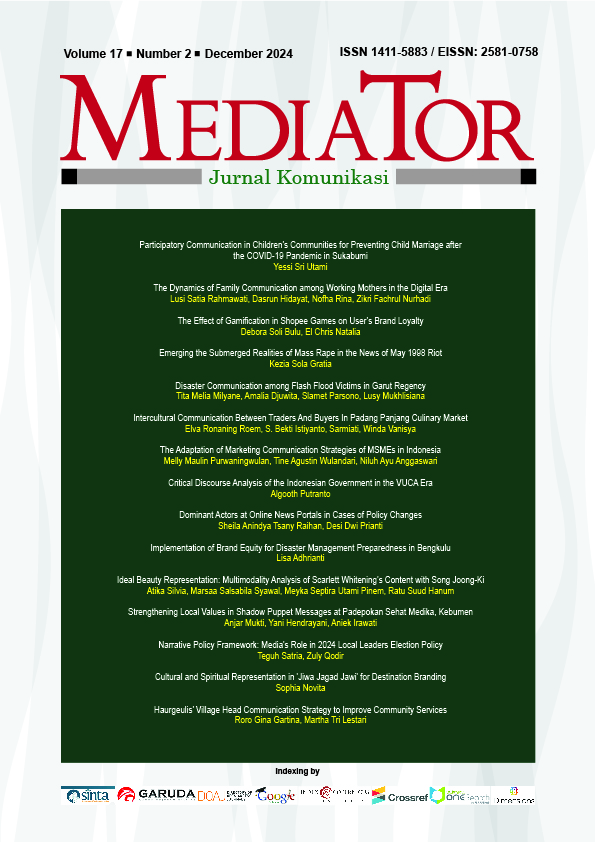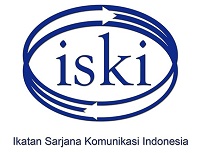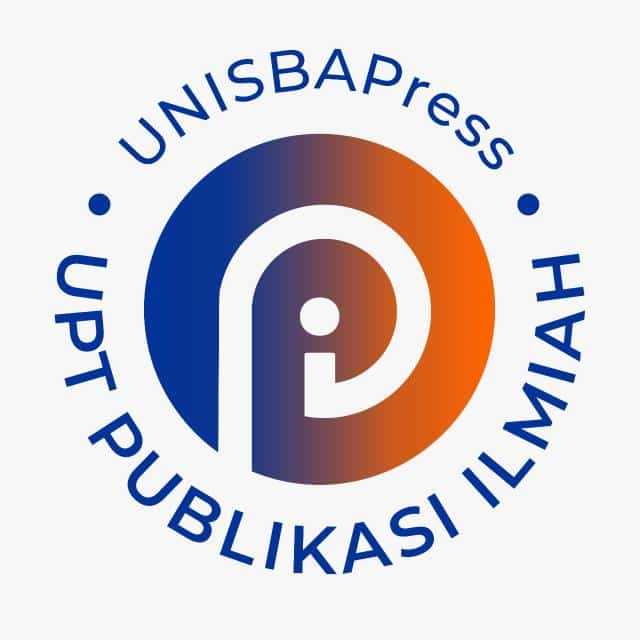Ideal Beauty Representation: Multimodality Analysis of Scarlett Whitening’s Content with Song Joong-Ki
DOI:
https://doi.org/10.29313/mediator.v17i2.2928Keywords:
beauty standard, beauty brand, representation, multimodality, brand ambassadorAbstract
Advertising as a form of communication is considered an effective tool to promote sales. According to the stereotype in the public, beauty brands usually are represented by women. For Scarlett Whitening's advertisement, Song Joong-Ki is chosen as their ambassador even though there is still a stereotype of men’s role, especially in advertisements. This research aims to describe modality and analyze ideational, interpersonal, and compositional meta-functions in collaboration content between Scarlett Whitening and Song Joong-Ki. This research was conducted with a qualitative approach and using multimodality methods by Kress & Van Leeuwen (2006) with the type of social semiotics research. The results show that Song Joong-Ki invites the audience to focus on the product, shows a close relationship with the audience, and shows his love for the product and the audience. Scarlett Whitening emphasizes the representation of beauty standards, the Pan-Asian Look, which is identical to clean white skin, marketed and represented visually with Song Joong-Ki as the primary focus. Results also demonstrated Song Joong-Ki's usage of beauty products as a male in the campaign and that the marketer may use his status as a Korean actor to employ Parasocial contact with his fans as market targets.
References
Amanda, R. (2022). Representation of Fat Women in Wolipop.detik.com and Liputan6.com: A Sara Mill’s Analysis Perspective. Mediator: Jurnal Komunikasi, 14(2). https://doi.org/10.29313/mediator.v14i2.8166
Aramendia-Muneta, M. E., Olarte-Pascual, C., & Hatzithomas, L. (2020). Gender stereotypes in original digital video advertising. Journal of Gender Studies, 29(4), 403–419. https://doi.org/10.1080/09589236.2019.1650255
BBC Radio 4. (2023, March 5). Radio 4 in Four - The influencers of the beauty industry boom. (n.d.).
Bezemer, J., & Jewitt, C. (2018). Multimodality: A guide for linguists. Research Methods in Linguistics, 28, 1–3.
Bezemer, J., & Kress, G. (2008). Writing in Multimodal Texts. Written Communication, 25(2), 166–195. https://doi.org/10.1177/0741088307313177
Chen, Y., & Zhong, Y. (2022). The Influence of Male Idols Endorsing Beauty Brands on Chinese Female Consumers. https://doi.org/10.2991/aebmr.k.220405.259
Chung, J., & Bissell, K. L. (2009). Global Perceptions of Beauty and Attractiveness: A Cross-Cultural Analysis of American and Korean College Students Mental Images of Beauty. National Communication.
Culache, O., & Obadă, D. R. (2014). Multimodality as a premise for inducing online flow on a brand website: A social semiotic approach. Procedia-Social and Behavioral Sciences, 149, 261–268.
Cunningham, M. R., Roberts, A. R., Barbee, A. P., Druen, P. B., & Wu, C.-H. (1995). “Their ideas of beauty are, on the whole, the same as ours”: Consistency and variability in the cross-cultural perception of female physical attractiveness. Journal of Personality and Social Psychology, 68(2), 261–279. https://doi.org/10.1037/0022-3514.68.2.261
Eriyanto. (2023). Strategi Penelitian: Multimodalitas. Materi dosen.
Freeman, J. P. (1986). THE REAL THING:" LIFESTYLE" AND" CULTURAL" APPEALS IN TELEVISION ADVERTISING FOR COCA-COLA, 1969-1976 (COMMERCIALS, COKE). The University of North Carolina at Chapel Hill.
Frith, K. (2006). Race and ethnicity: A comparison of global and local women’s magazine advertising in Singapore. International Communication Association Annual Conference, 1–26.
Halik, A. (2018). Paradigma kritik penelitian komunikasi (pendekatan kritis-emansipatoris dan metode etnografi kritis). Jurnal Dakwah Tabligh, 19(2), 162–178.
Han, M. (2003). Body image dissatisfaction and eating disturbance among Korean college female students: Relationships to media exposure, upward comparison, and perceived reality. Communication Studies, 54(1), 65–78. https://doi.org/10.1080/10510970309363266
Iida, Y. (2005). Beyond the ‘feminization of masculinity’: transforming patriarchy with the ‘feminine’ in contemporary Japanese youth culture. Inter-Asia Cultural Studies, 6(1), 56–74. https://doi.org/10.1080/1462394042000326905
Islam, S., & Lopez, J. (2021). Beauty Influencers and Instagram Usage. Journal of Applied Business and Economics, 23(6). https://doi.org/10.33423/jabe.v23i6.4686
Joan, V. (2022). Produk Kecantikan Tembus Transaksi 20 Miliar, Brand Lokal Terfavorit. Retrieved from Compas: Https://Compas. Co. Id/Article/Penjualan-Produk-Kecantikan.
Jung, J., & Forbes, G. B. (2006). Multidimensional assessment of body dissatisfaction and disordered eating in Korean and US college women: A comparative study. Sex Roles, 55, 39–50.
Karjo, C. H., & Wijaya, S. (2020). THE LANGUAGE FEATURES OF MALE AND FEMALE BEAUTY INFLUENCERS IN YOUTUBE VIDEOS. English Review: Journal of English Education, 8(2), 39. https://doi.org/10.25134/erjee.v8i2.2593
Kemp, S. (2022). The Global State of Digital in October 2022. Oct.
Khan, S., Khan, I. U., Sarwar, M., & Gul, S. (2021). Gender-Based Objectification In Commercial Advertisements: A Socio-Cultural Analysis. Webology (ISSN: 1735-188X), 18(6).
Kotler, P., & Keller, K. L. (2012). Marketing Management 14th ed. Global Edition. Harlow: Pearson Education Limited.
Kress, G., & Van Leeuwen, T. (2006). Reading images: The grammar of visual design (2nd ed.). Routledge.
Lokithasan, K., Simon, S., Jasmin, N. Z., & Othman, N. A. (2019). MALE AND FEMALE SOCIAL MEDIA INFLUENCERS: THE IMPACT OF GENDER ON EMERGING ADULTS. International Journal of Modern Trends in Social Sciences, 2(9), 21–30. https://doi.org/10.35631/IJMTSS.29003
Makkar, J. K., & Strube, M. J. (1995). Black Women’s Self-Perceptions of Attractiveness Following Exposure to White Versus Black Beauty Standards: The Moderating Role of Racial Identity and Self-Esteem. Journal of Applied Social Psychology, 25(17), 1547–1566. https://doi.org/10.1111/j.1559-1816.1995.tb02632.x
O’Halloran, K. L. (2004). Visual semiosis in film. Multimodal Discourse Analysis: Systemic Functional Perspectives, 109–130.
Owen, P. R., & Laurel-Seller, E. (2000). Weight and Shape Ideals: Thin Is Dangerously In. Journal of Applied Social Psychology, 30(5), 979–990. https://doi.org/10.1111/j.1559-1816.2000.tb02506.x
Prieler, M., Ivanov, A., & Hagiwara, S. (2015). Gender representations in East Asian advertising: Hong Kong, Japan, and South Korea. Communication & Society, 28(1). https://doi.org/10.15581/003.28.1.27-41
Rodríguez, C. I. L., Velasco, J. A. P., & Sánchez, M. T. (2013). Multimodal representation of specialised knowledge in ontologybased terminological databases: the case of ecolexicon. The Journal of Specialised Translation, 20, 49–67.
Rucker III, C. E., & Cash, T. F. (1992). Body images, body‐size perceptions, and eating behaviors among African‐American and white college women. International Journal of Eating Disorders, 12(3), 291–299.
Sari, Y. (2018). Multimodalitas dalam Gambar Iklan Luwak White Koffie Versi Lee Min-Ho”. Metalingua: Jurnal Penelitian Bahasa, 15(2), 235.
Sowad, A. S. M. (2017). Influences of Emerging Beauty Industry for Men on Construction of Masculinities of Male Students of Dhaka City. Masculinities & Social Change, 6(1), 1. https://doi.org/10.17583/mcs.2017.2290
Thompson, J. K., & Stice, E. (2001). Thin-Ideal Internalization: Mounting Evidence for a New Risk Factor for Body-Image Disturbance and Eating Pathology. Current Directions in Psychological Science, 10(5), 181–183. https://doi.org/10.1111/1467-8721.00144
Widiastuti, A. N. (2018). Perempuan dalam Iklan Pariwisata Indonesia. Mediator: Jurnal Komunikasi, 11(2), 214–226. https://doi.org/10.29313/mediator.v11i2.3836
Xu (Rinka), X., & Pratt, S. (2018). Social media influencers as endorsers to promote travel destinations: an application of self-congruence theory to the Chinese Generation Y. Journal of Travel & Tourism Marketing, 35(7), 958–972. https://doi.org/10.1080/10548408.2018.1468851
Yan, Y., & Bissell, K. (2014). The Globalization of Beauty: How is Ideal Beauty Influenced by Globally Published Fashion and Beauty Magazines? Journal of Intercultural Communication Research, 43(3), 194–214. https://doi.org/10.1080/17475759.2014.917432
Yip, J., Ainsworth, S., & Hugh, M. T. (2019). Beyond Whiteness: Perspectives on the Rise of the Pan-Asian Beauty Ideal. In Race in the Marketplace (pp. 73–85). Springer International Publishing. https://doi.org/10.1007/978-3-030-11711-5_5
Zotos, Y. C., & Grau, S. L. (2016). Gender stereotypes in advertising: exploring new directions. International Journal of Advertising, 35(5), 759–760. https://doi.org/10.1080/02650487.2016.1203555
Downloads
Published
Issue
Section
License
Copyright (c) 2024 Atika Silvia, Syawal Marsaa Salsabila, Pinem Meyka Septira Utami, Hanum Ratu Suud

This work is licensed under a Creative Commons Attribution-ShareAlike 4.0 International License.























